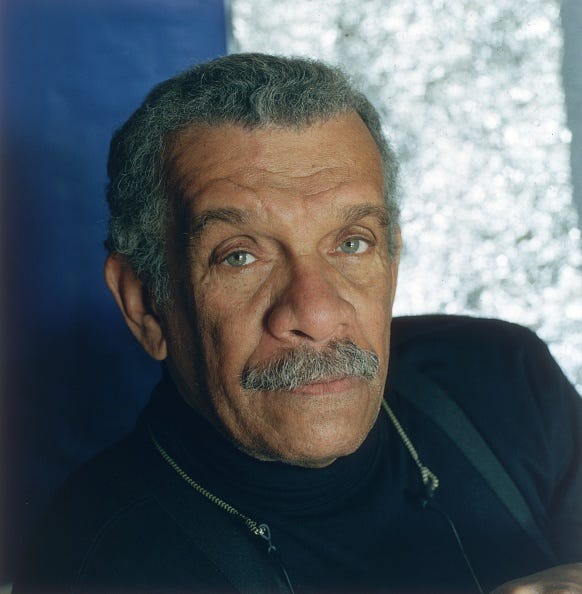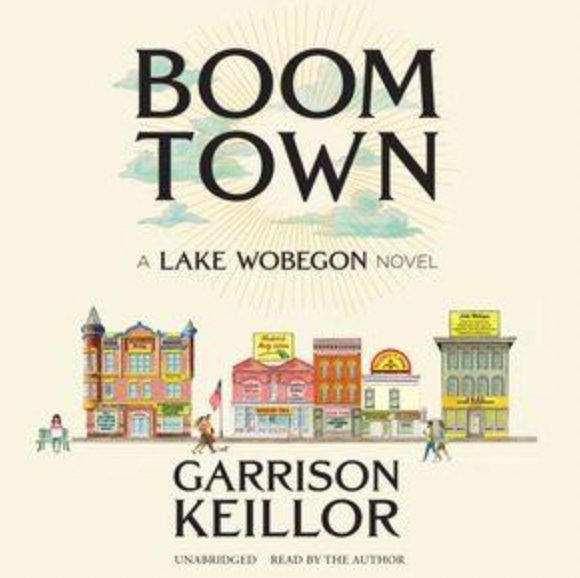TWA for Monday, January 23, 2017
“Nothing Is Lost” by Noel Coward from Collected Verse. © Methuen Publishing, 2007.
ORIGINAL TEXT AND AUDIO - 2017
It's the birthday of architect Henry Mather Greene, born in Brighton, Ohio (1870). Henry and his brother, Charles, founded the famous architecture firm Greene and Greene.
As boys, they grew up partly on their mother's family farm in West Virginia, rambling happily outdoors. As teenagers, they lived in St. Louis, where their father practiced as a respiratory physician. These years in St. Louis had two big influences on their later work. First, they attended the Manual Training School, which combined traditional academics with courses in hands-on skills like woodworking, metalworking, and making tools. Second, the Greene family lived in a dark, cramped apartment in the city, and their father frequently pointed out how bad such living conditions were for health in general and the respiratory system in particular. He believed that people needed good air circulation and plenty of sunlight to be healthy.
The Greene brothers enrolled at the School of Architecture at the Massachusetts Institute of Technology. They were bored by classical styles of architecture, so they elected to go through school on the fastest route: two years and a "certificate of partial course," just enough schooling to get architecture apprenticeships in Boston, where they learned the particulars of New England styles.
Their parents moved to Pasadena, California, and the sons decided to join them there. The year was 1893, and the World's Columbian Exposition was on display in Chicago, so they decided to stop there on their cross-country train trip. They were particularly inspired by the architecture at the Japanese Pavilion, which seemed to gracefully combine indoor and outdoor spaces.
When they arrived in Pasadena, they opened a joint architecture firm, focusing on residential structures. Henry was 23 years old, Charles 25, and they made a good team — Charles had the eye for artistic and design choices, while Henry was better at management, construction, and the overall vision. They combined elements of the Arts and Crafts movement with Japanese influences, keeping in mind their father's views about plenty of sunshine and air circulation. Their distinctive style of home came to be known as the California Bungalow: simple, wooden, one-story houses with low-pitched roofs, materials that reflected the building's natural surroundings, and the use of balconies or porches to create transition spaces between the indoors and outdoors. At their peak, between 1907 and 1910, the Greene brothers designed a series of "ultimate bungalows" — in addition to the house itself, they designed and manufactured everything that went in and around it, including furniture, lights, carpets, and landscaping. During their years of partnership in Pasadena, the Greene brothers were responsible for about 150 projects. One of their most famous ultimate bungalows is the Gamble House in Pasadena, considered a masterpiece of the American Arts and Crafts movement.
Eventually, their ultimate bungalows proved too expensive for most clients, and the projects often took longer than expected. Charles moved with his family to Carmel, California, where he devoted more time to writing, philosophy, and spirituality. Henry continued with the firm for a few years, consulting with Charles from a distance, but things weren't the same. Then Henry's beloved wife died, and he didn't have the heart to do much work anymore, only occasionally collaborating with his brother. Their style fell out of favor, and during their lifetimes, many of the homes they had built — including their parents' place — were torn down to make way for more modern construction. Today only 74 remain. Henry Greene died in 1954, and Charles three years later.
Henry Mather Greene said: "The idea was to eliminate everything unnecessary, to make the whole as direct and simple as possible, but always with the beautiful in mind as the first goal."
It was on this day in 1855 that the first permanent bridge across the Mississippi River opened, in Minneapolis, Minnesota. The first known ferry to cross the river had been operated in the 1840s, by a Dakota woman who took passengers across in her canoe. The bridge was considered an elegant feat of engineering, connecting Minneapolis on the west bank of the Mississippi to Nicollet Island. It was 620 feet long, constructed of wire and wood. It linked up with the shorter, simple wooden beam bridge that connected Nicollet Island to the city then known as St. Anthony on the east bank. Once the bridges were connected, they formed the first continuous crossing of the Mississippi River. Despite the cold, on this day in 1855, the city of Minneapolis sponsored a celebration in honor of the new bridge. There was a mile-long parade followed by a fancy banquet at a hotel. As one local reporter noted: "The wire Suspension Bridge over the Mississippi from Minneapolis to St. Anthony is one of the most successful and beautiful structures that exists in the United States. [...] Truly this is an age of progress. Six years ago St. Anthony was a howling wilderness and Minneapolis was not known."
Today is the birthday of pharmacologist Gertrude Elion, born in New York City in 1918. She was a bright girl who loved every subject in school and agonized when she had to choose just one path in college. The death of her beloved grandfather of cancer tipped the scales in favor of science; she wanted to use her intellect to fight the disease. She majored in chemistry at Hunter College, and then hit a brick wall when she tried to enter the job market in her field. "Nobody ... took me seriously. They wondered why in the world I wanted to be a chemist when no women were doing that. The world was not waiting for me." She went to secretarial school so she could pay the bills, and finally she got a job as an unpaid lab assistant. With World War II came more opportunities for female scientists, and in 1944, she went to work for the pharmaceutical company Burroughs Wellcome. It was there that she formed a research partnership with Dr. George Hitchings that would last more than 40 years. Over the course of her career, Elion developed drugs to treat leukemia, malaria, herpes, and AIDS. She won the Nobel Prize in medicine in 1988.
It's the birthday of Nobel Prize-winning poet and playwright Derek Walcott, born in Castries, St. Lucia, a Caribbean island nation a few hundred miles north of Venezuela. At the time of his birth, it was a British colony, and in his poetry, he writes a lot about the effects of colonialism. His poetry books include In a Green Night (1962), The Star-Apple Kingdom (1979), The Prodigal (2004), and White Egrets (2010). The Poetry of Derek Walcott 1948-2013 was just published by Farrar, Straus and Giroux.
Walcott said in his 1992 Nobel Prize acceptance speech: "For every poet it is always morning in the world. History a forgotten, insomniac night; History and elemental awe are always our early beginning, because the fate of poetry is to fall in love with the world, in spite of History."
It's the birthday of French novelist and essayist Stendhal, born Marie-Henri Beyle in Grenoble, France (1783). He hated his father, called his hometown "the capital of pettiness," and fled to Paris as soon as he could. He was disappointed in Paris, though. The streets were muddy and he caught a sickness that made his hair fall out. He wore a toupee for the rest of his life. To get out of Paris, he enlisted in Napoleon's army and participated in the invasion of Italy and later the failed invasion of Russia. After leaving military service, he contributed to journals and periodicals using dozens of pseudonyms, including William Crocodile, Old Hummums, and Stendhal. He was obsessed with the idea of secret identities, and even signed personal letters with false names. In 1818, he fell in love with the wife of a Polish officer. After she had rebuffed his advances, he trailed her for days across Italy, disguising himself by wearing a pair of green spectacles. When she finally caught him and accused him of following her, he said it was fate that had brought them together. She didn't believe him, and left Italy soon after. In despair, he moved back to Paris and produced the book-length essay On Love (1822). He published his first novel, Armance (1827), five years later, when he was 44. He went on to write his masterpieces — The Red and the Black (1830), about the social classes, professions, politics, and manners of early 19th century France; and The Charterhouse of Parma (1839).
He said, "It is better to have a prosaic husband and to take a romantic lover."
Be well, do good work, and keep in touch.®
Boom Town: A Lake Wobegon Novel read by Garrison Keillor (10 CDs)





